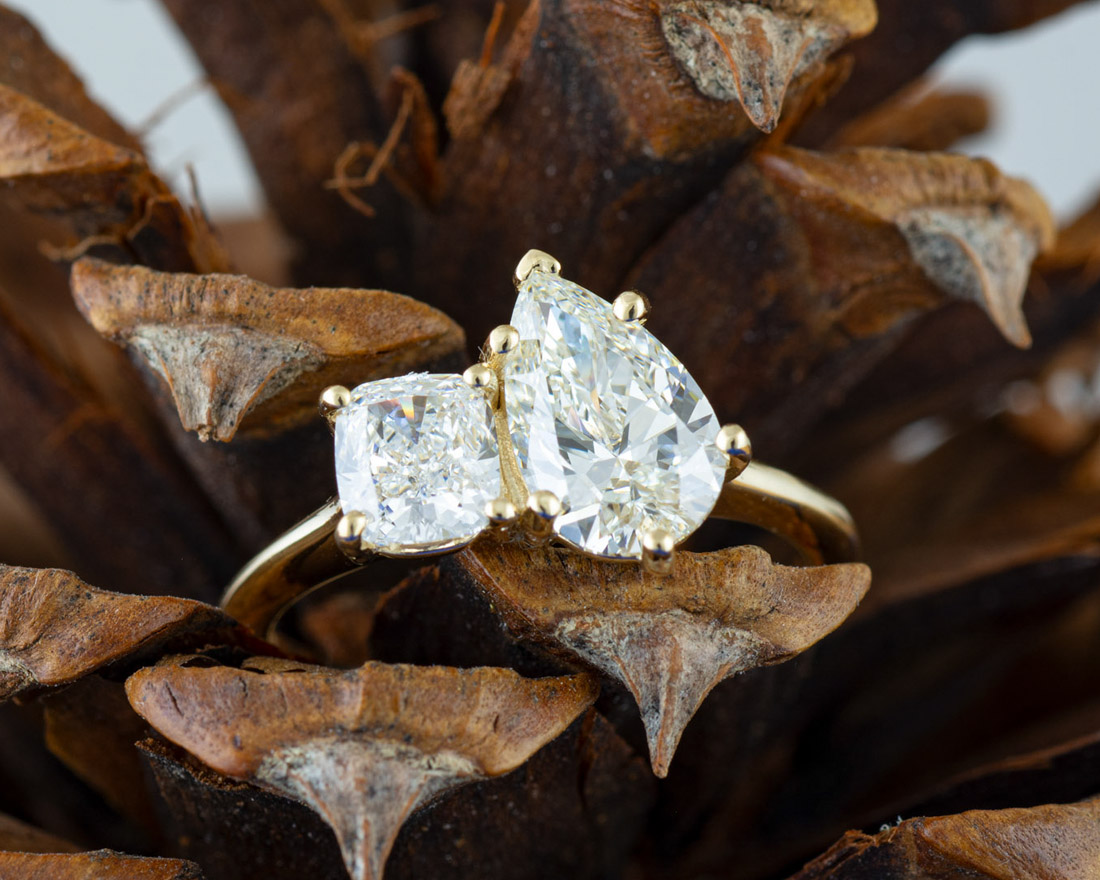Introduction to Lab Grown Diamonds
Lab grown diamonds, also known as synthetic diamonds, are created in laboratories using advanced technological processes that replicate the natural diamond-growing environment. Unlike natural diamonds formed deep within the Earth’s mantle over millions of years, lab grown diamonds are produced within weeks under controlled conditions.
Advantages of Lab Grown Diamonds
One of the primary advantages of lab grown diamonds is their cost-effectiveness compared to natural diamonds lab grown diamonds and cultures. This affordability stems from the streamlined production process and the elimination of mining-related expenses. Moreover, lab grown diamonds are considered ethically superior as they do not involve the environmental and social impacts associated with diamond mining.
Technological Process Behind Lab Grown Diamonds
Two main methods are used to create lab grown diamonds: High Pressure High Temperature (HPHT) and Chemical Vapor Deposition (CVD). The HPHT method mimics the natural diamond formation process by subjecting carbon to high pressure and temperature, while CVD involves the deposition of carbon atoms onto a substrate to form diamond crystals.
Popularity and Market Trends
In recent years, there has been a significant increase in the demand for lab grown diamonds, driven by shifting consumer preferences towards sustainable and ethically sourced products. This trend is particularly prominent among younger generations who prioritize environmental consciousness and social responsibility.
Cultural Perceptions of Diamonds
Diamonds have long held cultural significance as symbols of wealth, prestige, and love across various societies. The allure of diamonds transcends geographical boundaries, making them a universal emblem of enduring beauty and luxury.
Emergence of Lab Grown Diamonds in Different Cultures
In Western cultures, lab grown diamonds have gained rapid acceptance as a modern and sustainable choice for engagement rings and fine jewelry. Conversely, in Eastern cultures where traditions often emphasize purity and symbolism, lab grown diamonds are increasingly seen as a pragmatic and responsible alternative to mined diamonds.
Environmental Impact
Compared to diamond mining, which involves extensive land disruption and carbon emissions, the production of lab grown diamonds has a significantly lower environmental footprint. This aspect appeals to environmentally conscious consumers who seek to minimize their ecological impact.
Quality and Durability
Lab grown diamonds exhibit the same chemical and physical properties as natural diamonds, including exceptional hardness and brilliance. They are graded according to the same standards as mined diamonds, ensuring transparency and reliability in the marketplace.
Consumer Awareness and Education
Despite the benefits, misconceptions about lab grown diamonds persist among consumers unfamiliar with the technology. Educating potential buyers about the scientific rigor and ethical considerations behind lab grown diamonds is crucial for fostering trust and understanding in the market.
Innovation and Future Prospects
Ongoing advancements in diamond-growing technology promise further improvements in quality and scale for lab grown diamonds. As research continues, the future looks promising for expanding the application of synthetic diamonds across various industries beyond jewelry.
Buying Guide for Consumers
When purchasing lab grown diamonds, consumers should consider factors such as cut, color, clarity, and carat weight, similar to natural diamonds. Reputable retailers and certification agencies provide assurance of quality and authenticity in the lab grown diamond market.
Ethical Considerations
Ensuring ethical practices throughout the supply chain is paramount in the lab grown diamond industry. Companies are increasingly adopting initiatives to uphold fair labor standards and promote transparency in diamond sourcing.
Case Studies and Testimonials
Many consumers who have opted for lab grown diamonds share positive experiences, citing the affordability, ethical peace of mind, and aesthetic appeal of these gems. Such testimonials highlight the growing acceptance and satisfaction among buyers worldwide.
Comparison with Other Gemstones
Lab grown diamonds offer unique advantages over other gemstones, such as consistent quality and durability. While natural gemstones possess their allure, lab grown diamonds stand out for their ethical sourcing and environmental sustainability.
Conclusion
In conclusion, lab grown diamonds represent a modern paradigm in the jewelry industry, blending technological innovation with ethical considerations. As consumer awareness grows and cultural perceptions evolve, the demand for these sustainable gems continues to rise. By choosing lab grown diamonds, consumers not only acquire exquisite jewelry but also contribute to a more sustainable future for generations to come.






:max_bytes(150000):strip_icc()/alekon-pictures-yj4kwA4h_Ms-unsplash-230509491f114970902d0e9aefb37850.jpg)



